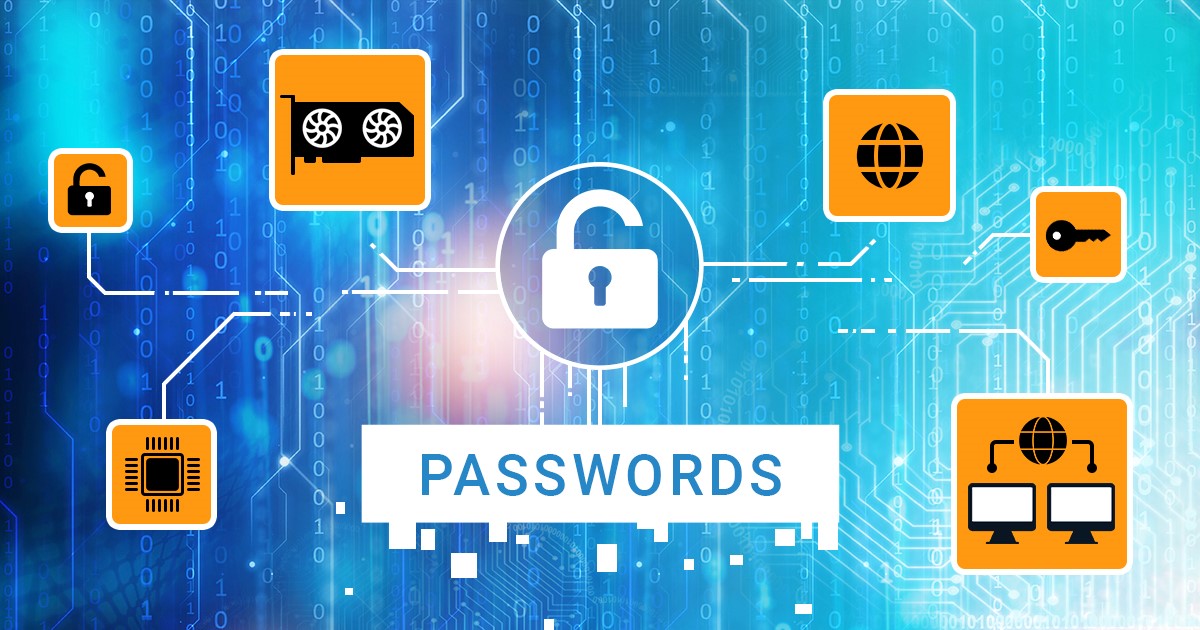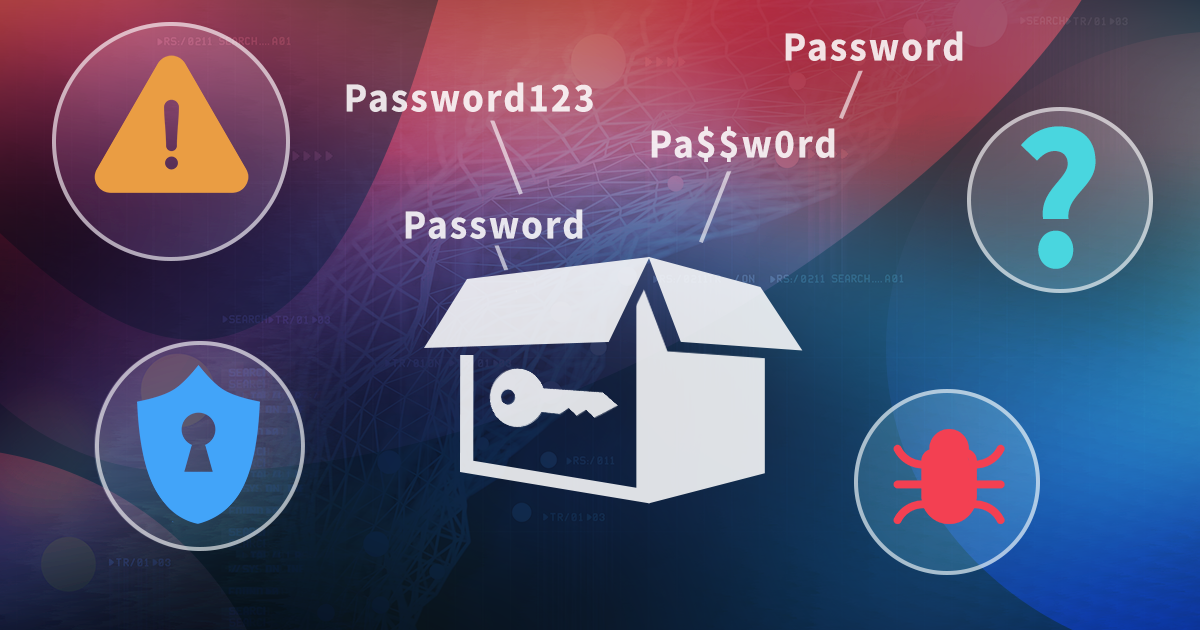Since its introduction with the iPhone X in 2017, Apple’s Face ID has become one of the most widely used biometric authentication systems in the world, often praised for its convenience and technological sophistication. Yet, like any system that relies on human biology, it has its share of limitations: reports of identical twins, close relatives or young children occasionally unlocking a parent’s device have circulated since its debut.
The boom in personal electronic devices recording literally every persons’ step introduced a new type of forensic evidence: the digital evidence. In this day and age, significantly more forensic evidence is available in digital form compared to physical evidence of yesteryear. Are law enforcement and intelligence agencies ready to handle the abundance of digital evidence? And more importantly, do frontline officers have the skills and technical expertise required to handle and preserve this wealth of information?


